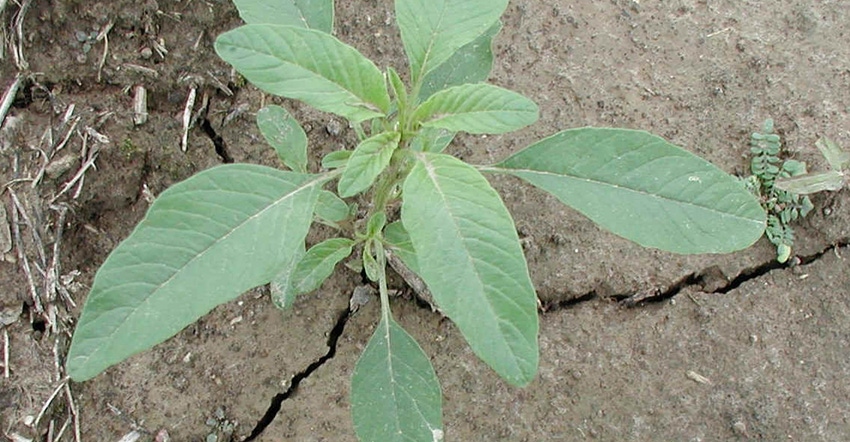
There was excitement in places where glyphosate-resistant weeds cause havoc when U.S. EPA issued a supplemental label for XtendiMax herbicide from Monsanto. Some of the excitement turned into confusion as it became clear that the label contained a number of restrictions on use.
The active ingredient in XtendiMax is dicamba. It can finally be sprayed over Xtend-tolerant soybeans.
Dan Childs, weed management and technology development representative for Monsanto, agreed to this exclusive interview with Indiana Prairie Farmer to help clear away the confusion about what can and can’t be done with XtendiMax at this point.
“This is a fluid situation, because Monsanto is working closely with EPA to test various tankmixes right now,” Childs says. “We’re hopeful that at least some tankmixes will be labeled before spraying season.”
Here is a portion of the interview.
IPF: Why is the federal EPA label important?
Childs: We already had all the other approvals we needed, including European and Chinese import approvals. There are four main weeds which are causing major resistance issues across the Midwest. They include marestail, tall waterhemp, Palmer amaranth and giant ragweed. These weeds have developed bio-types resistant to glyphosate and/or PPO herbicides and/or ALS inhibitors. The dicamba in XtendiMax is very effective on these weeds.
IPF: Are you recommending XtendiMax be used as the only herbicide?
Childs: Absolutely not. We’ve been down that road. XtendiMax will need help on some weeds. Plus, we know using the same product year after year leads to resistance. We need weed control programs that include herbicides with various sites of action.
IPF: The product must also be labeled by state agencies, correct?
Childs: Yes. Many states have issued labels, but some haven’t yet. It’s possible that states may add their own restrictions or requirements. For example, Indiana is currently considering making products containing dicamba restricted-use pesticides. In some other states, there could be counties where it might not be approved.
You can determine where it has been approved by checking this website: roundupreadyxtend.com.
IPF: What makes XtendiMax different than other products that contain dicamba?
Childs: It contains VaporGrip Technology. A substance is added to dicamba to help reduce volatilization.
IPF: What are some of the factors specified on the federal label that must be followed?
Childs: Right now only one spray nozzle is approved for use: TTI-11004. It was chosen because it forms large droplets with less potential for drift. No tankmixes are permitted at this time. It also can’t be used with AMS because AMS interferes with VaporGrip. Most labels issued today for new products or for re-registered products by EPA contain language about protecting endangered species, water quality and other issues. Those types of statements are on this label and must be followed.
IPF: So as of now, if you want to apply glyphosate or residual herbicides in addition to XtendiMax, you would make separate trips?
Childs: Yes. EPA is considering each tankmix carefully because it wants to be sure adding another herbicide doesn’t cause environmental issues. We expect tankmixes will begin to be added to the label soon.
There is a unique way to find out what the label says. For the first time, the label contains a website. As tankmixes are approved, the website will be updated. Go to xtendimaxapplicationrequirements.com.
About the Author(s)
You May Also Like




